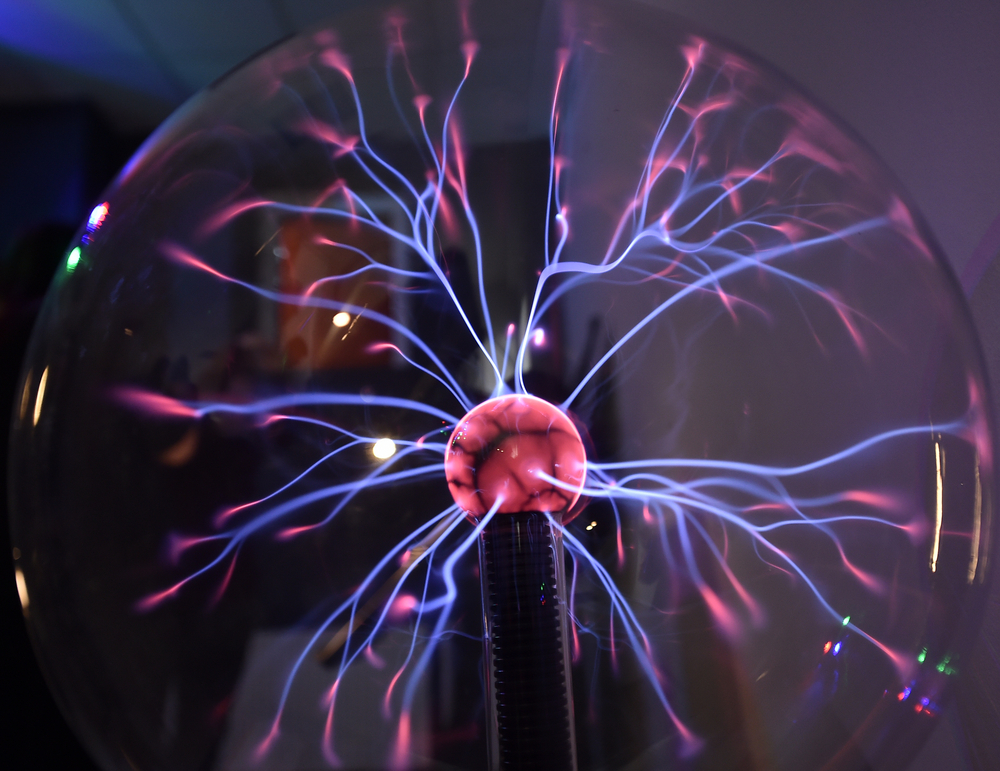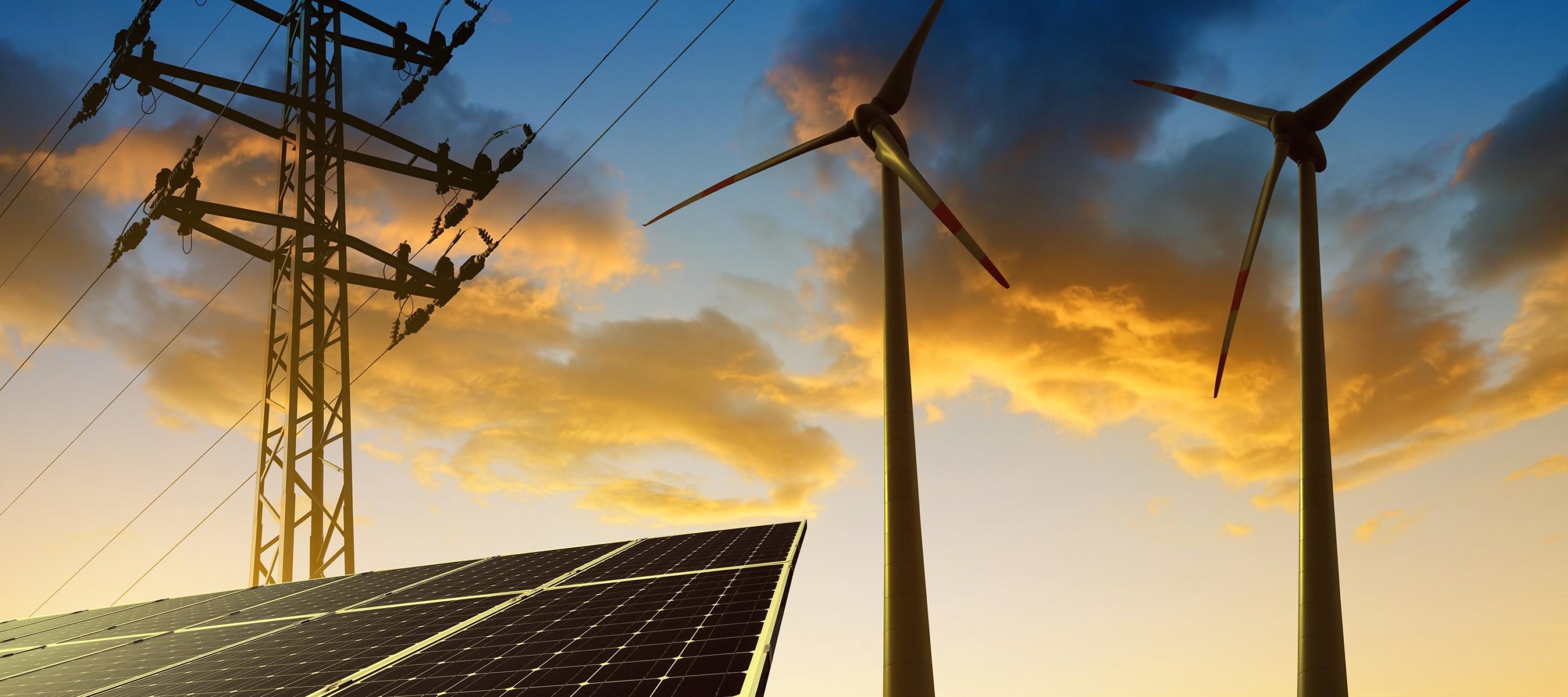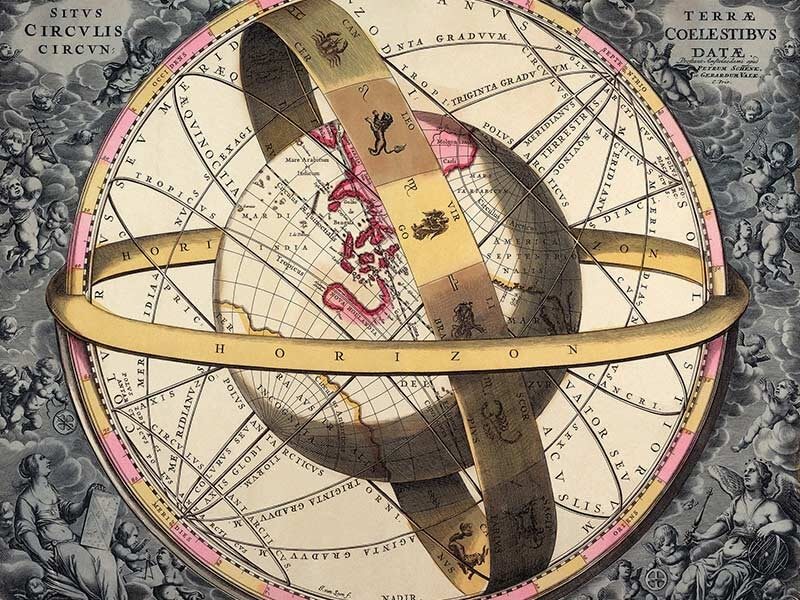description:
Why does a curve ball curve? Why does ice float? What’s the perfect way to cook egg custard? How do CDs and DVDs work? Why don’t your legs break when you jump off a chair? What keeps a moving bicycle from falling over? These questions involve physical principles that relate not only to interesting aspects of our daily lives, but also explain such phenomena as the cause of hurricanes, the formation of neutron stars, the ability of water to dissolve different substances, and other fundamental features of reality.
episodes:
01. Realms of Physics
Professor Richard Wolfson introduces the field of physics and describes the fundamental role it plays in our lives. He discusses the difference between classical and modern physics and outlines the course scope.
02. The Amazing Disc
This lecture uses compact discs and DVDs as metaphors for the whole realm of physics, especially for the phenomena of light and sound.
03. The Wonderful Wave
Most of our contact with and knowledge about the world comes from waves. This lecture explores basic wave behaviors and properties, and everyday phenomena.
04. Seeing the Light
We learn how images are formed in the eye and how the principles of optics are used in everything from telescopes to microscopes, CD players to cameras.
05. Is Seeing Believing?
Nature and technology have a variety of tricks for altering the path of light, some of which form images while others result in such beautiful optical effects as rainbows. The optical fibers that carry our email and web pages exploit such “tricks.”
06. Music to Your Ears
Sound is a propagating disturbance that carries energy but not matter. Sound waves are important not only for hearing but for probing structures as diverse as the Sun and developing fetuses.
07. May the Forces Be With You
The single most important concept in physics is that forces cause not motion but change in motion. This lecture introduces Newton’s famous three laws of motion.
08. Aristotle’s Revenge
Friction is a hidden force that obscures the simplicity of Newton’s laws. Without friction, we couldn’t walk, run, or dance; start, stop, or steer a car; or even balance.
09. Going in Circles
Motion in curved paths, especially circles, is important in everything from atoms to cars to satellites to galaxies, yet few ideas in physics are so confusing.
10. Taking Flight
We look at how balloons and airplanes achieve flight. Newton’s laws provide a simple but full explanation for flight. A more sophisticated explanation involves the physics of fluid motion.
11. Into Space
This lecture investigates the physics of space flight, from orbits to the misnamed state called “zero gravity.” We also look at many applications of space technology.
12. A Conservative Streak
Under the right conditions, energy and momentum are conserved—that is, their values do not change. This explains many of the interactions that occur.
13. The Electrical Heart of Matter
This lecture looks at aspects of electricity, including electric charge and electric fields, and the role electricity plays in holding matter together.
14. Harnessing the Electrical Genie
Current is the net flow of electric charge. Voltage is the energy imparted per unit charge. Together, they give us electric power. Electric charge flows more easily in some materials than others, and these differences are exploited in technology.
15. A Magnetic Personality
Magnetism arises from moving electric charges. We use this relationship in a huge number of ways, from motors and loudspeakers to clocks and circuit breakers.
16. Making Electricity
To make electric current and keep it flowing, we need devices that can separate positive and negative charge and keep them separate. Here we look at devices from everyday batteries to solar cells.
17. Credit Card to Power Plant
Electromagnetic induction is the basis for electric generators and a host of applications—from devices that read credit cards, to tape recorders, bicycle speedometers, and electric toothbrush chargers.
18. Making Waves
Everything we know about electromagnetism is described by Maxwell’s equations. Maxwell’s equations lead us directly to the nature of light, radio, x-rays, and other electromagnetic waves.
19. The Miracle Element
Professor Wolfson uses a series of six lectures to take us from the atomic level all the way up to a complete computer. This first lecture examines the intriguing properties of the element silicon, essential to modern electronics.
20. The Twentieth Century’s Greatest Invention?
One of the most important inventions of the 20th century is the transistor, a tiny semiconductor device at the heart of every electronic gadget, from the simplest radio to the most complex supercomputer.
21. Building the Electronics Revolution
The revolution that enabled modern electronics came in the early 1960s, when engineers learned to combine multiple transistors and other electronic devices on a single piece, or “chip,” of silicon.
22. Circuits—So Logical!
The fundamental building blocks of computers are digital circuits that store and process information in the form of binary numbers.
23. How’s Your Memory?
We investigate how individual electronic memory cells work and how they’re assembled into voluminous computer memories.
24. Atom to Computer
We learn what goes into a complete computer, comprising a microprocessor, motherboard, and different peripheral devices.
25. Keeping Warm
This lecture introduces a number of ideas related to heat, including the flow of heat, temperature and how it is measured, and energy balance.
26. Life in the Greenhouse
Professor Wolfson discusses the process of energy balance as it applies to Earth’s climate and how human activity may be altering that climate.
27. The Tip of the Iceberg
We investigate changes in state between liquids, solid, and gases, and how these affect different substances, including water, which has some unusual properties.
28. Physics in the Kitchen
The kitchen is full of examples of physics, especially relating to heat transfer. We explore refrigeration and the many styles of cooking, including broiling, boiling, steaming, and microwaving.
29. Like a Work of Shakespeare
The writer C. P. Snow compared the second law of thermodynamics to the works of Shakespeare as being something every educated person should know.
30. Energy in Your Life
How much energy does it take to supply our energy needs? Professor Wolfson inventories our energy use and gives a visceral demonstration of what that implies.
31. Your Place on Earth
Featuring a potpourri of physics applications, Professor Wolfson begins a five lecture series which opens with a look at the Global Positioning System (GPS), a constellation of satellites that can pinpoint a location on Earth within inches.
32. Dance and Spin
The physics of rotational motion leads to some surprising phenomena, with roles in such everyday occurrences as bicycle riding, ice skating, and weather.
33. The Light Fantastic
The laser is among the most important inventions of the 20th century. We explore different types of lasers and their uses.
34. Nuclear Matters
Nuclear physics is inextricably part of our lives—in energy, defense policy, medicine, airline security, and even in smoke detectors and radiocarbon dating.
35. Physics in Your Body
Beginning with the mechanics of how the human body works, we then investigate medical techniques that use physics, particularly medical imaging tools such PET, CAT, and MRI.
36. Your Place in the Universe
Professor Wolfson closes with a philosophical look at where we humans fit into the universe, particularly how the material from which we are made comes, ultimately, from stars and from processes that commenced during the Big Bang.










